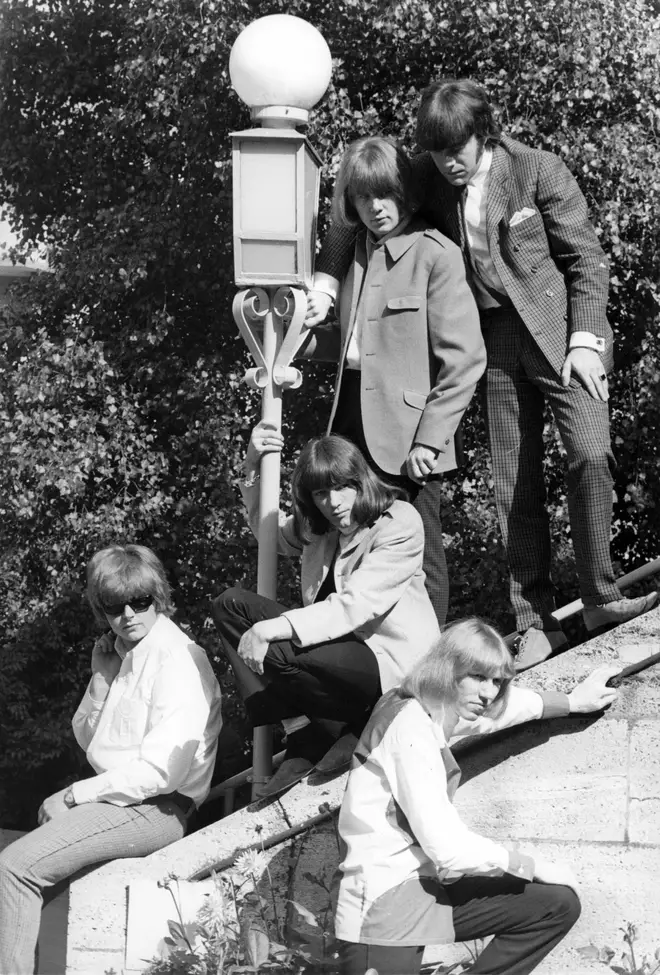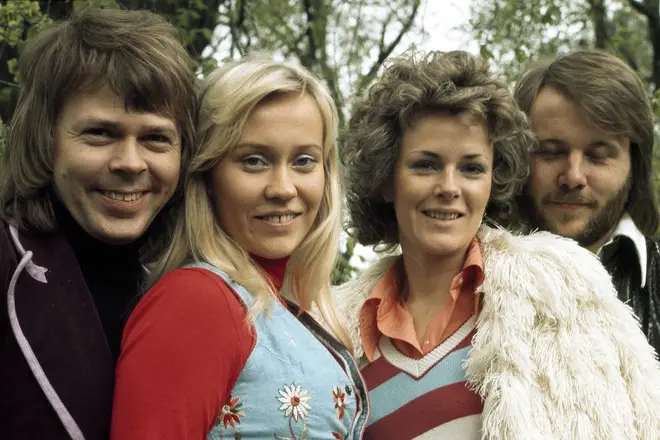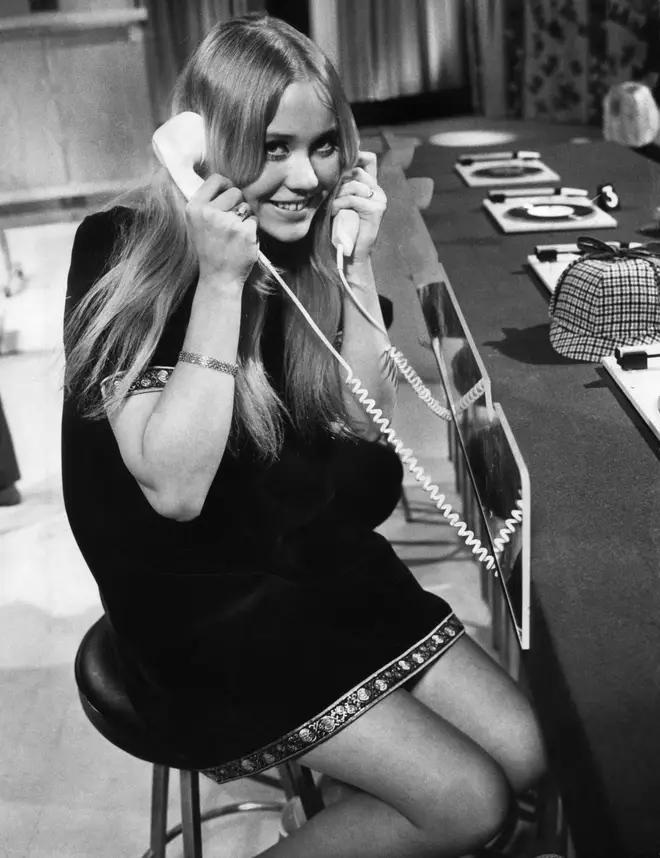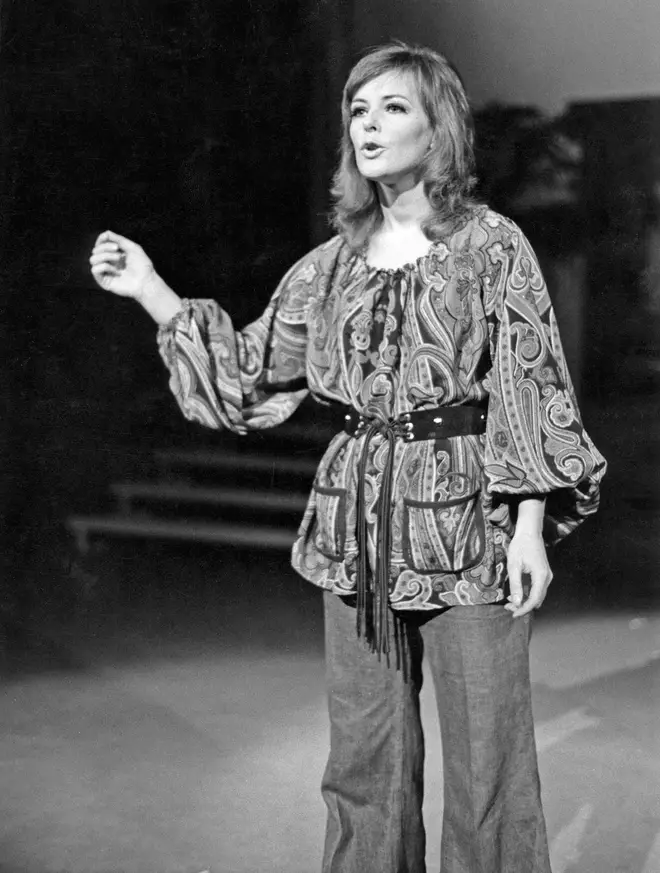Who were ABBA before they became ABBA?
Mục Lục
Who were ABBA before they became ABBA?
ABBA were all successful artists in their own right before banding together.
Picture:
Getty
We all know ABBA as one of the greatest pop groups of all time.
Listen to this article
Loading audio…
Since their show-stopping and Eurovision-winning entry singing ‘Waterloo’ at Brighton Dome in 1974, the world of music changed forever.
They made an enormous impact on the future of pop music, given they were only together in the spotlight for just over a decade before splitting.
Not only are they the best-selling Swedish band of all time, but they’re also the best-selling band in history to originate from continental Europe. Some feat.
But they were not only simply a group – they were in fact a supergroup, as each member had their own career in music prior to forming ABBA.
It’s common knowledge that ABBA is an acronym of the letters from their first names, but it hints at their initial coming together.
So who were ABBA before they became ABBA?
Agnetha, Benny, Björn, and Anni-Frid each had their own musical career up until they banded together in 1970, so let’s take a look at their stories and take a listen to their songs.
Agnetha Fältskog
Agnetha showed huge potential as a solo folk-pop singer.
Picture:
Alamy
Growing up the small Swedish town of Jönköping, Agnetha must’ve thought her chances of becoming a world-renowned star were slim.
But before joining ABBA and marrying future bandmate Björn Ulvaeus, Agnetha already had a self-penned number one hit in her home country.
In 1967 her song ‘Jag var så kär’ made her a star in her home country, and she was even nearly the Swedish contestant for the Eurovision Song Contest the following year.

Jag var så kär
Her debut self-titled solo album indicated her songwriting prowess, being credited for a total of nine songs out of twelve tracks that featured.
She even drew comparisons to her peers overseas such as Dusty Springfield and Cilla Black because of her 60s folk-pop sound.
But it was her gorgeous voice that set her apart, which suggested she could’ve been a huge success even if she hadn’t ever become a quarter of the world’s most famous pop group.
Benny Andersson

Benny Andersson and his first group, the Hep Stars. (Photo by Gunter Zint/K & K Ulf Kruger OHG/Redferns).
Picture:
Getty
Benny Andersson was already hugely successful before ABBA even became an idea.
At the age of 18 in 1964, he’d join the Hep Stars and would cover Vince Taylor’s 1959 song ‘Cadillac’ which became their breakthrough single.
Eventually after a run of hit singles including ‘No Response’, ‘Sunny Girl’, ‘Wedding’, ‘Consolation’, ‘It’s Nice To Be Back’ and ‘She Will Love You’, the Hep Stars became the biggest band in Sweden and catapulted Benny to major success.

The Hep Stars (feat. Benny Andersson) – Sunny Girl (1966)
As early as 1966 Benny and Björn began writing together, after meeting each other whilst on tour.
Their first collaboration was writing ‘Isn’t It Easy To Say’ which was eventually recorded by the Hep Stars due to their fame and notoriety.
Benny had also written for other artists, submitting ‘Hej, Clown’ with songwriter Lasse Berghagen for the Eurovision Song Contest entry in 1969, but it came in second place.
Though it was at that competition, the Melodifestivalen, that he’d meet Anni-Frid who he’d soon start a relationship with.
Björn Ulvaeus
Björn Ulvaeus with the Hootenanny Singers in 1967.
Picture:
Polar Music
As a musical extraordinaire, Björn was a member of Swedish folk-schlager band Hootenanny Singers.
The band were also incredibly famous in their home country, as well as the rest of the Scandinavian countries.
After meeting Benny on tour, the pair became frequent collaborators and often set up success for other singers with their songwriting talent.

Hootenanny Singers – ft. Björn Ulvaeus (ABBA) – Noordenwind, Zuidenwind • TopPop
They composed numerous songs together, notably ‘A Flower in My Garden’ recorded by Hep Stars, and their first serious hit ‘Ljuva Sextiotal’ which was recorded by Swedish diva Brita Borg.
Björn would split his time in the Hootenanny Singers with producing in-house for Polar Record Company with Benny as his partner.
It’s where they learned their trade, slowly becoming the super-producers they’ve been recognised for since.
After securing a major hit in Sweden and Japan with ‘She’s My Kind of Girl’, Björn focused his attention on recording with his girlfriend, Agnetha.
Anni-Frid Lyngstad
Frida was a jazz singer before she moved over to pop.
Picture:
Alamy
Anni-Frid had begun her singing career a couple of years before Agnetha, so was slightly more established before ABBA came together.
Moving from Norway to Sweden at an early age, Frida was in fact a jazz singer before switching to pop.
Impressing on the television programme New Faces, she was snapped up my major label EMI to which she’d only released one album called Frida.

Anni-Frid Lyngstad-“En ledig dag (Weekend in Portofino)”
Her debut album was released in 1971 and was produced by her then-fiancé Benny Andersson who she’d met a couple of years earlier.
She only achieved moderate success as a solo singer, so decided not to renew her contract with EMI and move to the independent label Polar Record Company where she’d be able to frequently work with Benny, Björn, and Agnetha.
It was during these sessions where ABBA was born, though the supergroup referred to themselves as Björn & Benny, Agnetha & Frida during the early days.
And the rest, as they say, is history.










